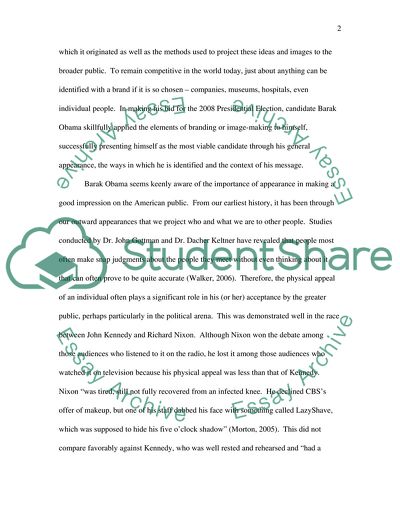Cite this document
(Obamas Image Essay Example | Topics and Well Written Essays - 1750 words, n.d.)
Obamas Image Essay Example | Topics and Well Written Essays - 1750 words. https://studentshare.org/politics/1549695-image-making
Obamas Image Essay Example | Topics and Well Written Essays - 1750 words. https://studentshare.org/politics/1549695-image-making
(Obamas Image Essay Example | Topics and Well Written Essays - 1750 Words)
Obamas Image Essay Example | Topics and Well Written Essays - 1750 Words. https://studentshare.org/politics/1549695-image-making.
Obamas Image Essay Example | Topics and Well Written Essays - 1750 Words. https://studentshare.org/politics/1549695-image-making.
“Obamas Image Essay Example | Topics and Well Written Essays - 1750 Words”. https://studentshare.org/politics/1549695-image-making.


